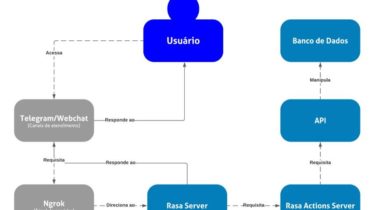A lightweight, but highly extensible static site generator written in pure python
barely barely is a lightweight, but highly extensible static site generator. barely was built out of frustration with the readily available site generators, frameworks and CMS, which mostly fall into two categories: not providing crucial features; or providing such an overload of them that getting started with the system takes longer than just building the site by hand. barely reduces static website development to its key parts, by automatically rendering jinja2 templates and Markdown content into HTML. A simple plugin […]
Read more








